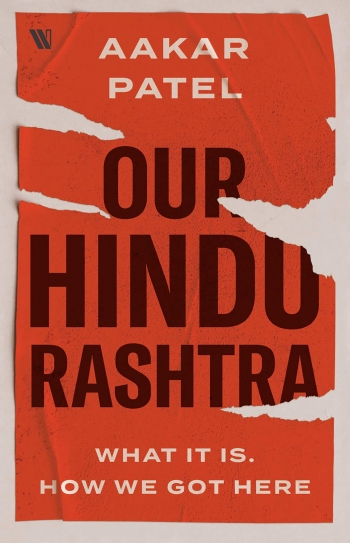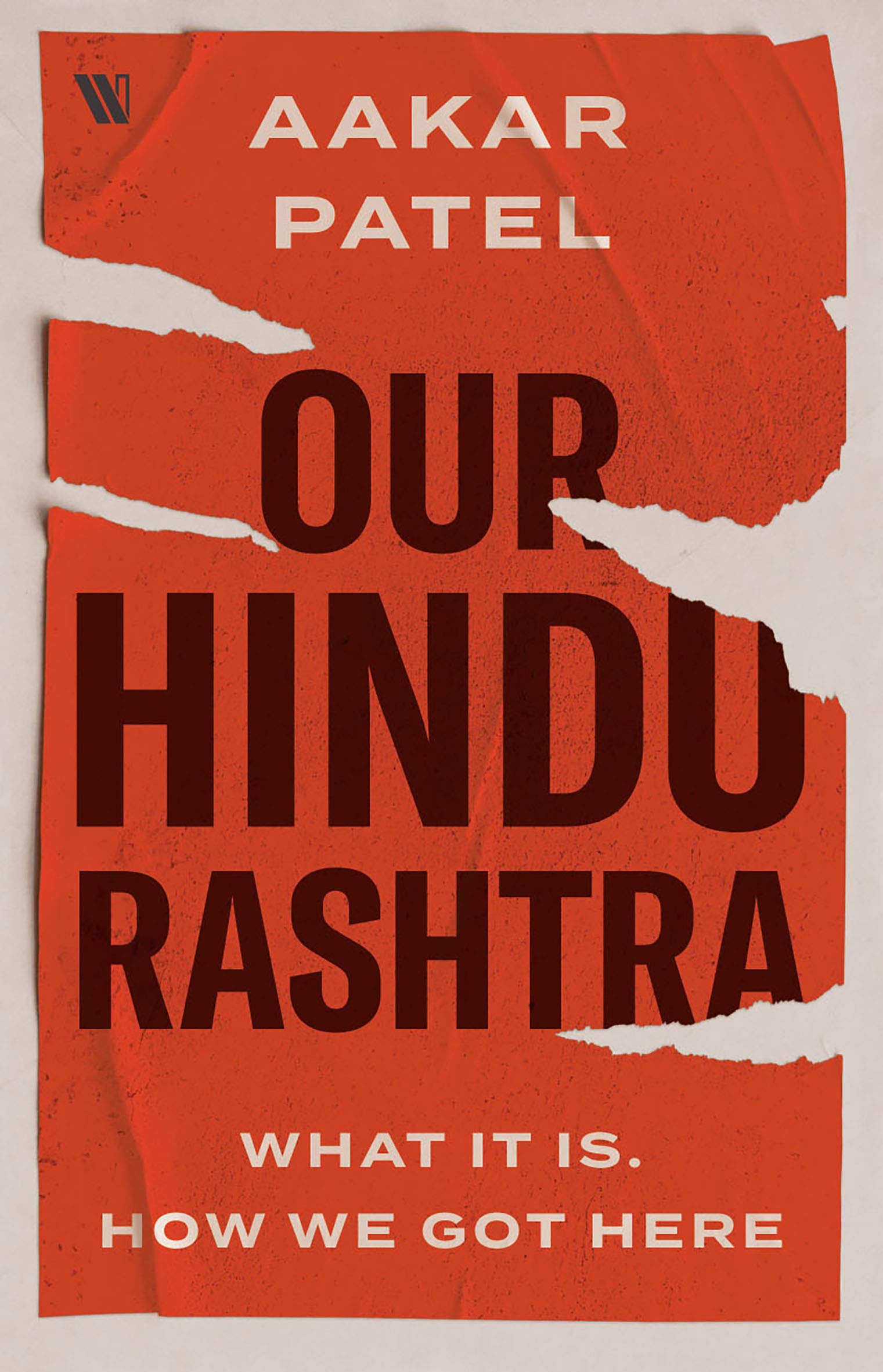
.jpg) Lancy Lobo
Lancy Lobo

India has taken so sharp a turn in recent years that the very centre has shifted considerably. What led to this swing? Is it possible to trace the path to this point? Is there a way back to the just, secular, inclusive vision of our Constitution-makers? These are the questions that Aakar Patel wrestles with in this book Our Hindu Rashtra: what it is, how we got there?*
Aakar Patel, columnist and former executive director of Amnesty International India, was arrested and then let out on bail earlier this week for allegedly posting “offensive” tweets against Modi and the Ghanchi community in Gujarat. In general he has been consistently doing fearless critical political commentary and has been known as Modi–Shah baiter.
Amnesty International itself has been forced to halt its India operations due to "reprisals" from the government. The watchdog also accused the government of pursuing a "witch-hunt" against human rights organizations.
This book is about how India became majoritarian, privileging one community over others. The Indian constitution did not officially privilege the rights of one community or privilege one religion over the others. Under the Modi regime the constitutional goals and the lived reality have continued to lose resemblance to the values of the constitution. “Minorities are actively and regularly persecuted, dissent is punished, the judiciary is unable to balance executive overreach, freedoms are restricted often to the point of being absent and the State is vicious” (p.2). Patel further states that India under Modi, “did not approach the brutalization of its minorities through constitutional change, but through existing law and policy and, above all through the issues that parties and governments picked and stayed focused on till the majoritarian impact was achieved” (p. 2).
Hindu Rashtra is an illusion. It is also a lie. The name promises something which reality will never deliver. It has no ideology or theory but has an agenda. “It is purely about the exclusion and persecution of India’s minorities, particularly Muslims. That is the only meaning of Hindu Rastra in India. It imagines India as a Hindu nation where the Muslim and Christian exist on sufferance”(p.14). It has created the myth of appeasement of Muslims by Congress, used the cow as symbol for the unification of Hindus and passed anti–cow slaughter bills and Acts.
The Judiciary has been supremely complicit along with other arms of the State. This was demonstrated in the Ayodhya Mosque-temple issue, Kashmir issue as well as punishing crimes that did not happen. Patel exposes the hypocrisy, subterfuge, craftiness, sophistry and cunning of Hindutvavadis. Against Christians they have passed anti-conversion bills and measures to keep Scheduled castes and Tribes from leaving the Hindu fold fearing demographic imbalance largely for vote banks. There is a very rich discussion on conversion and its rationale and the counterveiling forces triggered by Hindutva.
This book is structured in four parts. “The first looks at Pakistan and how it became the majoritarian State it is today. The second part is about the core individuals behind the Hindutva ideology and their intellectual output, which has been examined and connected to its politics. The third part, the longest, is the manner in which the democratic, secular republic of India has become majoritarian by law over time. India has done so in a more devious fashion than Pakistan, by privileging Hindutva and discriminating and restricting the rights of its minorities, while pretending to be secular and pluralist. The fourth part, is about more recent events. It looks at the way in which brute force of majoritarianism was successfully resisted in a democratic and peaceful way in our time”(p.16).
The last chapter suggests ways in which Indians can push back against Hindutva majoritarianism. The tools are in the Article 19 of the Constitution that all citizens have the right to freedom of speech and ex
“It is through mass individual participation in every day activism, through raising of voices, through funding just causes and funding organized civil society groups, through supporting progressive calls for engagement and supporting those who need that the Western democracies have become open societies (p. 340). India too has no other route. ‘The arc of the moral universe is long, but it bends towards justice’ (Dr. Martin Luther King Jr).
This book is written in a language that is lucid, without jargon, highly reader friendly, analytical, well argued, well supported with facts and insights, showing the trajectory of majoritarianism and how to counter it. It should appeal to minority communities, youth, students, activists and intellectuals.
(*Our Hindu Rashtra: what it is, how we got there? By Aakar Patel. Chennai: Westland Publications. 2020. Price.650/-)